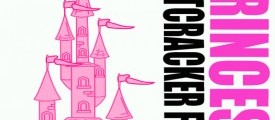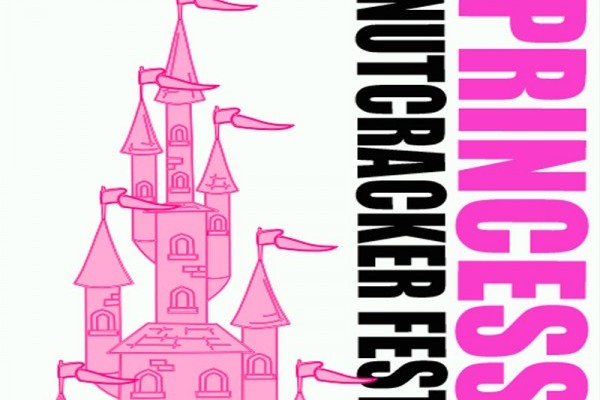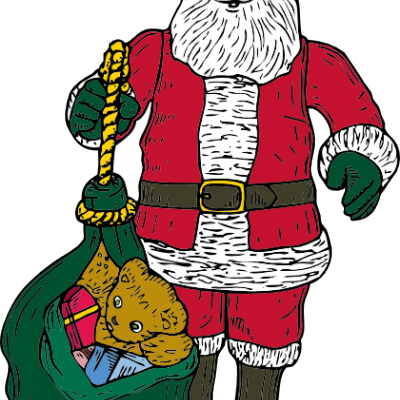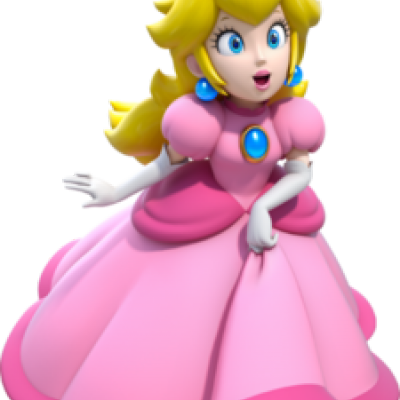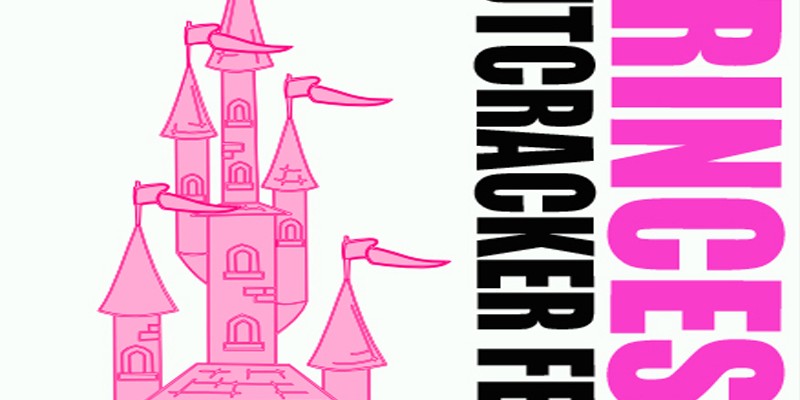
Wooden Nutcracker History
How The Nutcracker Came To Be.
Finding tools for opening or removing the shells of nuts challenged our ancestors. The earliest nutcrackers that have been located were simple and functional objects. Through the years beautifully crafted brass and even carved characters emerged as an art form in the 15th and 16th centuries. Many carved characters took on the image of animals, birds, and human doll forms. When a nut was placed in the "mouth" of dolls, levers or screws on the back could be worked to push the lower jaw up against the upper jaw to crush the nut.
The Story of the Nutcrackers Begins.
The nutcracker story began with the creation of European nutcrackers in Switzerland, France, Germany, and England during the 16th and 17th centuries. In the German regions of Sonneberg and Erzgebirge, near the Bohemian border, the Ore Mountains were rich with mineral deposits. Many villagers worked in mines. During the winter months wood carving became popular until the miners could return to work. Life was tough for those people who worked long hours as miners. They also endured hardships and poverty. Often the miners watched as the fruits of their labor were taken by their superiors. The dolls were cleverly designed to resemble powerful people like kings, policemen, and soldiers. The townspeople enjoyed the caricatures of their rulers, because they were placed at their service to perform the lowly task of cracking nuts. When mineral deposits expired, miners began to make wood carvings the dolls all year. Eventually, these one-of-a-kind standing soldiers and kings became a symbol of the region and were sold all over Europe. Nutcracker pictures of the period recorded these early wood creations. A holiday table setting was not complete without a bowl of holiday nuts and a handsome doll standing beside it!
History of the Nutcracker.
The combination of useful tools and a figural form with a human appearance was well accepted by the mid-18th century. In the toy making center of Sonneberg in the Thuringian Forest there was a reference mentioned in 1735 of "nut-biters" that operated according to the principles of leverage. These nut-biters were described as sturdy, energetic forms with large heads and two moving arms. The body holds a long handled lower jaw that allows the jaw to push the nut against the upper jaw to crack it. In a carnival parade in 1783, students from Freisingen, Germany presented large models of Berchtesgaden wares, including a nut-biter in the form of a little man whose mouth and stomach were one and the same.
It is in the 18th century Sonneberg and Erzgebirge regions of Germany that the term "nussknacker" appeared in the first dictionary of "High German" by the Brothers Grimm (the dictionary was begun in the 1830s), and is described as "often in form of a misshaped little man, in whose mouth the nut, by means of a lever or screw, is cracked open." Many different authority characterizations--monks, police, not-so-popular political leaders, even Napoleon--were created to amuse people, but the popular king and soldier figures undoubtedly inspired the famous 1816 nutcracker story publication of E.T.A. Hoffmann's fairy tale "Nussknacker und Mausekönig." Hoffmann wrote a story of Marie's prince nutcracker.
Thirty-five years after the publication of E.T.A. Hoffmann's classic story, it reappeared as a central character in Heinrich Hoffmann's story "King Nutcracker and the Poor Reinhold" (1851). In this version the poor Reinhold becomes acquainted with the King in a dream.
The early story did not always portray the characters in a role of the good-hearted fairy tale king. More often they wore a monk's robe or were made into the form of a mean-looking policeman, master of the watch, a Turk, a cavalry man or some other grotesque helmeted figure with a long nose. These nutcrackers appeared, for example, as a caricature of Napoleon on a 1813 Parisian nutcracker picture sheet. By the end of the 19th century their pictures appeared almost consistently in the catalogs of the toy wholesalers as a representative of the contemporary authorities. What started out as a practical nut cracking tool usually ended up as an expression of light irony and a social critique by the common people.
Producing Classic European Nutcrackers:
It should be noted that any one of these characters is a result of carefully planned production. Each character is created from "living" wood and may take up to three or four years to produce with over 100 separate procedures. Craftsmen with years of experience must devote their efforts to several steps in the process. Hand carving is still seen on modern figures, with native craftsmen and their families using centuries-old techniques to create the stunning results now available.
ARTICLE SOURCE: http://www.articlesbase.com/art-and-entertainment-articles/wooden-nutcracker-history-627828.html









